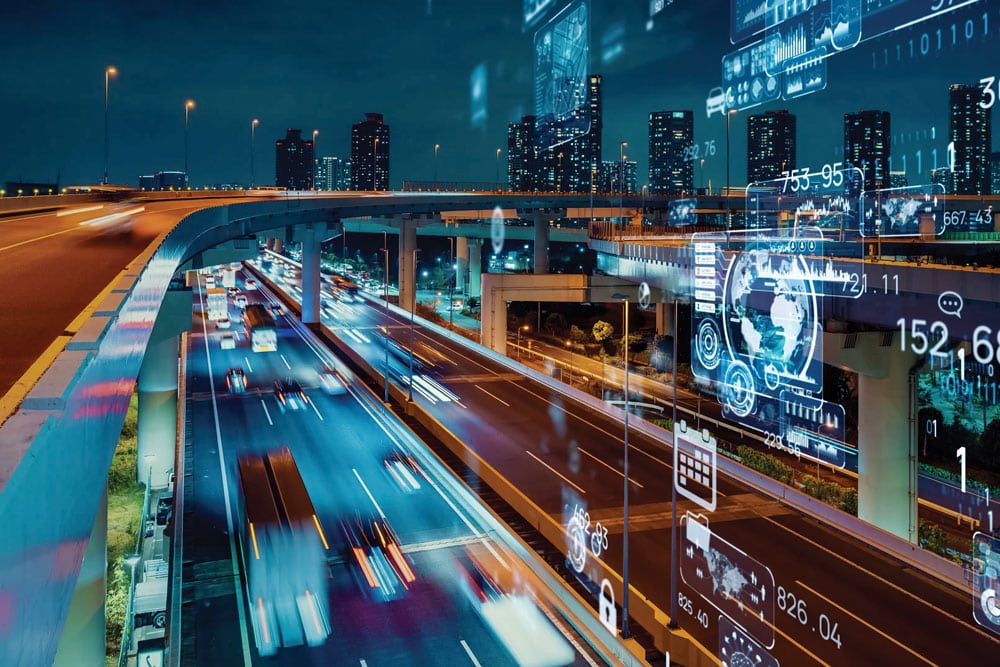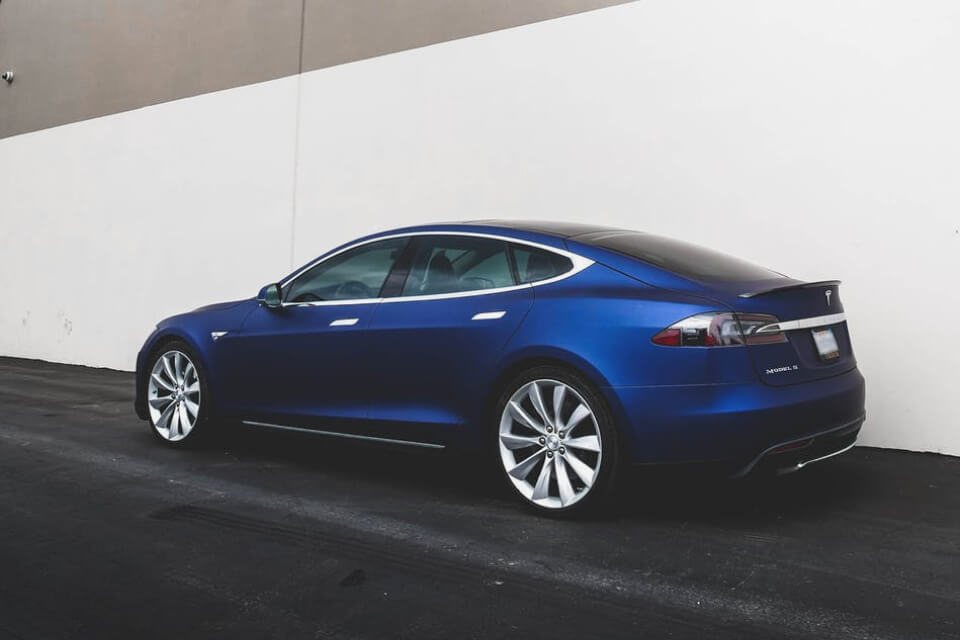The future of mobility is rapidly evolving, driven by groundbreaking technologies that are reshaping the way we think about automobiles. As we delve into the realm of smart transportation, electric vehicles, and autonomous driving, it becomes clear that innovation is at the forefront of this transformation. The integration of advanced technologies not only enhances the driving experience but also addresses critical issues such as sustainability and urban congestion. In this article, we will explore how these advancements are revolutionizing the automotive industry and what they mean for the future of mobility.
In the following sections, we will examine the rise of electric vehicles and their impact on reducing carbon emissions, as well as the role of artificial intelligence in creating safer and more efficient driving experiences. Additionally, we will discuss the emergence of smart cities and how connected vehicles are contributing to a more integrated transportation ecosystem. By understanding these trends, readers will gain valuable insights into the future landscape of mobility and the technologies that are driving this change.
Join us on this journey as we uncover the exciting developments in the automotive sector and their implications for our daily lives. Whether you are a car enthusiast, a tech-savvy individual, or simply curious about the future of transportation, this article promises to provide you with informative and engaging content that will keep you informed about the latest trends in mobility. Read on to discover how technology is not just transforming automobiles, but also redefining the way we move.
The Rise of Electric Vehicles
The automotive industry is witnessing a significant shift towards electric vehicles (EVs). With growing concerns about climate change and the depletion of fossil fuels, manufacturers are investing heavily in EV technology. Major automakers are committing to electrifying their fleets, with many planning to phase out internal combustion engines entirely in the coming decades. This transition is not only driven by regulatory pressures but also by consumer demand for sustainable transportation options.
Electric vehicles offer numerous advantages, including lower operating costs, reduced emissions, and quieter operation. As battery technology continues to improve, the range and performance of EVs are also enhancing, making them more appealing to a broader audience. The development of charging infrastructure is crucial in supporting this transition, as it alleviates range anxiety and encourages more consumers to consider electric options.
Autonomous Driving Technology
Autonomous driving technology is at the forefront of transforming mobility. Companies like Tesla, Waymo, and traditional automakers are investing in self-driving technology that promises to revolutionize how we travel. The potential benefits of autonomous vehicles include increased safety, reduced traffic congestion, and enhanced mobility for individuals unable to drive.
However, the path to fully autonomous vehicles is fraught with challenges, including regulatory hurdles, technological limitations, and public acceptance. As advancements in artificial intelligence and machine learning continue, the industry is moving closer to realizing the vision of fully autonomous vehicles. The integration of smart infrastructure and vehicle-to-everything (V2X) communication will play a pivotal role in this evolution.
Connected Cars and IoT Integration
Connected cars are becoming increasingly prevalent, thanks to the Internet of Things (IoT). These vehicles are equipped with sensors and connectivity features that allow them to communicate with each other and with infrastructure. This connectivity enhances safety, provides real-time traffic updates, and enables a range of infotainment options for passengers.
The integration of IoT in automobiles also opens up new business models, such as subscription services and data monetization. Automakers can gather valuable data on driving patterns and vehicle performance, which can be used to improve products and services. As the technology matures, we can expect to see more innovative applications that enhance the driving experience and improve overall road safety.
The Role of Artificial Intelligence in Mobility
Artificial intelligence (AI) is playing a crucial role in the transformation of the automotive industry. From enhancing vehicle safety features to optimizing traffic management systems, AI is revolutionizing how we approach mobility. Machine learning algorithms can analyze vast amounts of data to predict traffic patterns, improve navigation systems, and enhance the overall driving experience.
Moreover, AI is integral to the development of autonomous vehicles, enabling them to make real-time decisions based on their environment. As AI technology continues to evolve, we can expect more sophisticated applications that will further enhance vehicle performance and safety. The integration of AI in mobility solutions will also contribute to more efficient transportation systems, reducing congestion and emissions.
Sustainable Mobility Solutions
Sustainability is a key focus in the future of mobility. As cities grapple with pollution and traffic congestion, there is a growing emphasis on developing sustainable transportation solutions. This includes not only electric vehicles but also public transportation systems, bike-sharing programs, and pedestrian-friendly infrastructure.
Governments and organizations are increasingly investing in green technologies and policies that promote sustainable mobility. Initiatives such as carpooling, ride-sharing, and the promotion of alternative modes of transport are gaining traction. By prioritizing sustainability, cities can create healthier environments and improve the quality of life for their residents.
The Impact of 5G on Automotive Technology
The rollout of 5G technology is set to have a profound impact on the automotive industry. With its high-speed connectivity and low latency, 5G enables real-time communication between vehicles and infrastructure, paving the way for smarter transportation systems. This technology will enhance the capabilities of connected cars, allowing for more efficient traffic management and improved safety features.
5G will also facilitate the development of advanced driver-assistance systems (ADAS) and autonomous vehicles. The ability to transmit large amounts of data quickly will enable vehicles to make informed decisions based on real-time information. As 5G networks expand, we can expect to see a surge in innovative applications that leverage this technology to enhance mobility.
The Future of Public Transportation
Public transportation is undergoing a transformation driven by technology. Innovations such as mobile ticketing, real-time tracking, and on-demand services are making public transit more accessible and user-friendly. Cities are leveraging technology to optimize routes and schedules, improving the overall efficiency of public transportation systems.
Moreover, the integration of electric and autonomous vehicles into public transit fleets is becoming more common. These advancements not only reduce operational costs but also contribute to sustainability goals. As cities continue to invest in modernizing their public transportation systems, we can expect to see a shift towards more efficient and environmentally friendly options.
The Future of Mobility: Challenges and Opportunities
While the future of mobility presents numerous opportunities, it also comes with challenges. Issues such as cybersecurity, regulatory compliance, and the need for infrastructure upgrades must be addressed to fully realize the potential of new technologies. As vehicles become more connected and autonomous, ensuring the safety and privacy of users will be paramount.
Additionally, the transition to new mobility solutions requires collaboration between governments, automakers, and technology providers. By working together, stakeholders can create a cohesive strategy that addresses the challenges while capitalizing on the opportunities presented by technological advancements. The future of mobility is bright, but it will require concerted efforts to navigate the complexities of this evolving landscape.
| Aspect | Description |
|---|---|
| Electric Vehicles (EVs) | Electric vehicles are becoming increasingly popular due to their environmental benefits and advancements in battery technology, leading to longer ranges and faster charging times. |
| Autonomous Driving | Self-driving technology is evolving rapidly, with companies investing in AI and machine learning to enhance safety and efficiency on the roads. |
| Connected Cars | Vehicles are now equipped with internet connectivity, allowing for real-time data exchange, navigation updates, and enhanced entertainment options. |
| Shared Mobility | Car-sharing and ride-hailing services are changing the way people think about car ownership, promoting a more sustainable and cost-effective approach to transportation. |
| Smart Infrastructure | Integration of smart traffic management systems and vehicle-to-infrastructure communication is improving traffic flow and reducing congestion in urban areas. |
| Alternative Fuels | Research into hydrogen fuel cells and biofuels is ongoing, providing additional options for reducing carbon emissions in the transportation sector. |
| Safety Innovations | Advanced safety features such as automatic emergency braking, lane-keeping assist, and adaptive cruise control are becoming standard in modern vehicles. |
| Consumer Experience | Technology is enhancing the consumer experience through personalized interfaces, voice recognition, and seamless integration with mobile devices. |
This HTML document provides a structured overview of how technology is transforming automobiles, focusing on various aspects of mobility in the future.



